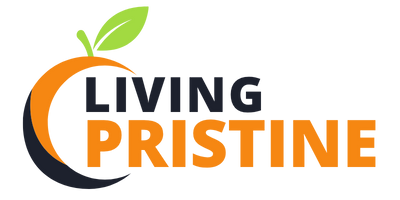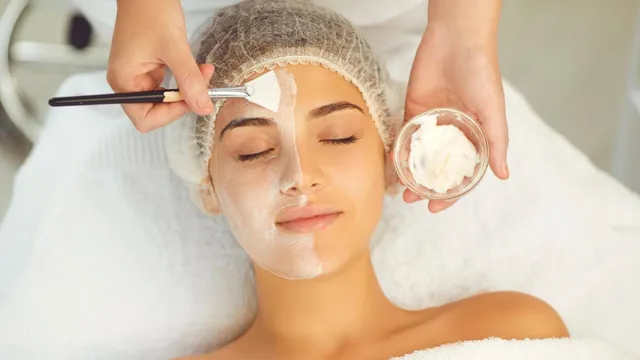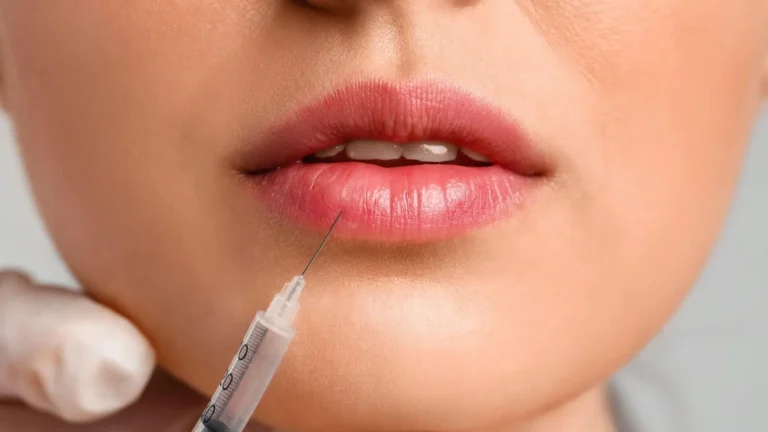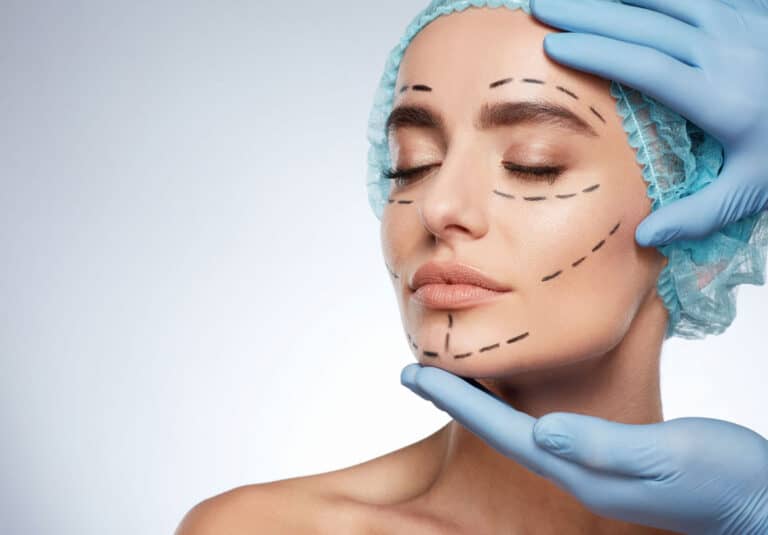Understanding Hair Loss Solutions: From Medications to Transplants

Hair loss is a common concern that affects millions of individuals worldwide, impacting self-esteem and confidence. While the causes of hair loss are varied, ranging from genetic predisposition to medical conditions, the good news is that a variety of treatments are available. These solutions cater to various needs and conditions, offering options for individuals seeking to slow down or even reverse the aging process.
Medications
Medications are a common first step in addressing hair loss, with oral drugs like finasteride targeting hormonal factors such as DHT, and topical treatments like minoxidil stimulating hair follicles and improving scalp blood flow. While both options can be effective, they require consistent use to maintain results and come with potential side effects. Results vary by individual, and neither guarantees complete regrowth; therefore, consulting a healthcare provider can be beneficial to find the best solution for your specific needs.
Topical Treatments
Beyond medications, topical treatments offer an alternative route for individuals seeking hair loss solutions. Over-the-counter products often include ingredients designed to nourish the scalp and strengthen existing hair. These products typically contain vitamins, peptides, or herbal extracts designed to enhance hair health. Though their effects might be subtle, they can complement other treatments by maintaining healthier scalp conditions.
For those who require more targeted care, prescription topical treatments may be recommended. These often contain higher concentrations of active ingredients, such as minoxidil, or combine multiple substances to maximize their impact. Topical treatments are generally easy to use and cost-effective, making them a practical solution for early-stage hair thinning. Results depend on consistent application and proper usage.
Non-Surgical Options
Non-surgical treatments, such as platelet-rich plasma (PRP) therapy and stem cell therapy, offer innovative solutions. These treatments offer non-invasive alternatives for individuals seeking hair restoration. PRP utilizes the patient’s own blood to stimulate hair growth. This results in improved thickness and density with repeated sessions. Stem cell therapy, although still in development, holds promise for future advancements in hair restoration. Lifestyle changes, such as adopting a nutrient-rich diet, reducing stress, and avoiding harmful hair practices, also support better hair health. These options often require multiple sessions and long-term commitment.
Surgical Procedures
For advanced hair loss or when other treatments are unsuccessful, surgical options such as follicular unit extraction (FUE) and follicular unit transplantation (FUT) are often recommended. FUE involves extracting individual hair follicles and implanting them into balding areas, resulting in minimal scarring and a faster recovery. In contrast, FUT removes a strip of scalp to create grafts for larger areas but may leave a linear scar. Both techniques are effective and provide permanent solutions for hair restoration. The choice between FUE and FUT depends on factors like hair type, the size of the treatment area, and personal preference.
Take Control of Hair Loss
Hair loss can feel overwhelming, but the wide range of available treatments offers hope and opportunity. From medications and topical solutions to advanced surgical procedures, there is no shortage of options to explore. Taking control starts with understanding your unique needs and consulting with professionals who can offer personalized advice. Contact a qualified specialist today to begin your journey toward healthier, fuller hair.
- What to Expect When Visiting a Foot and Ankle Specialist
- Causes of PTSD
- The Link Between Plantar Fasciitis and Weight Gain: What You Need to Know
- How Pet Ownership Can Positively Impact Life with Fibromyalgia
- The Importance of Stretching and Flexibility in Sports Medicine
Dr. Emma Green is a health and wellness expert with over 10 years of experience in nutrition and fitness. Passionate about helping others live their healthiest lives, Dr. Green shares practical advice on wellness, nutrition, and sustainable living through LivingSpristine.






